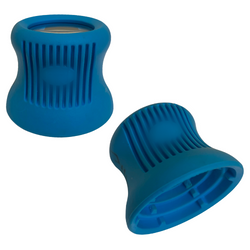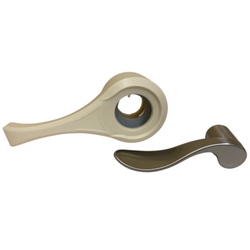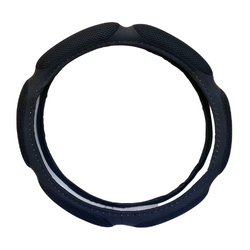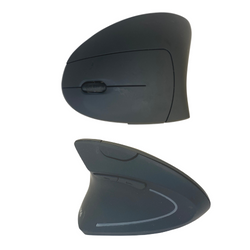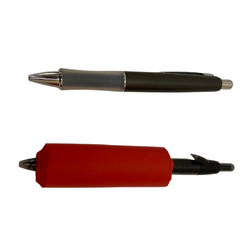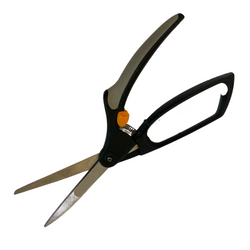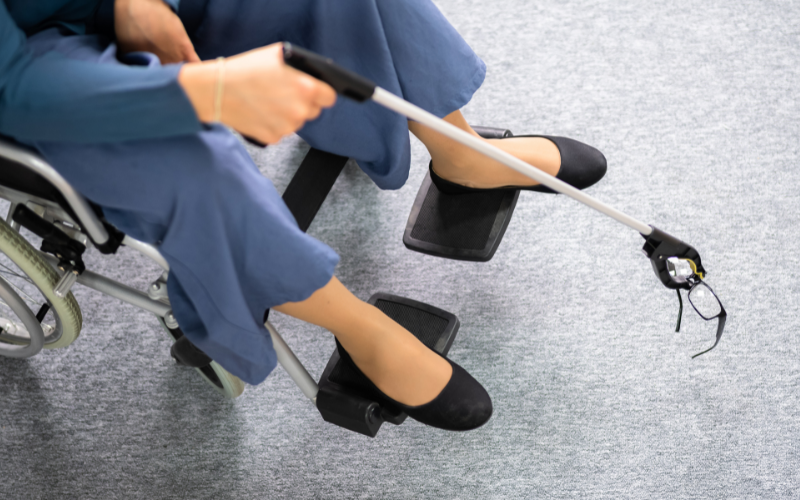
Occupational therapy promotes wellness and independence in all areas of self-care, work, and leisure. One of the ways occupational therapists assist their patients is by helping them learn to use adaptive devices. Adaptive devices aid people with everyday activities, including bathing, dressing, and eating, so they can live as independently as possible. In the video below, Occupational Therapist Paul Levin, CHT, OTR/L, from Valley’s Hand Therapy Clinic, Outpatient Therapy Services, showcases a variety of common adaptive devices. A transcript of the video, along with images and descriptions of the adaptive devices featured in the video can be found below.
0:28 | What is an Occupational Therapist?
Occupational Therapists are healthcare providers, and our training is to assist patients in learning how to be as independent as possible in areas of work, self-care, and leisure. This is done through a variety of methods including exercises, education, activity modification, and teaching patients how to use adaptive aids.
1:04 | What is an adaptive device; how can they help?
An adaptive device is any device that can aid a person so that they can live as independently as possible, and they take on many forms.
1:19 | How does someone know if they should seek occupational therapy?
If somebody notices that they are having a decrease in their functional ability to do things, one of the most important things they can do is make an appointment with their Primary Care Provider. This is important because you need to know why there is a change. If something is detected early, you have the best chance of turning things around.
Another reason is that having a diagnosis allows you to make better healthcare decisions. Also, when you meet with your healthcare provider, they will give you all your options for trying to help your situation get better. If you and your provider decide that you need additional assistance to maintain your independence or gain further independence, then your provider would write a referral for Occupational Therapy and then we would do an evaluation and figure out how we could best serve you.
2:22 | Tools that people can use to help them bathe and use the restroom:
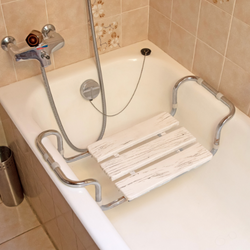
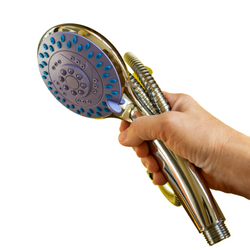
Many patients also find this helpful when showering or bathing.
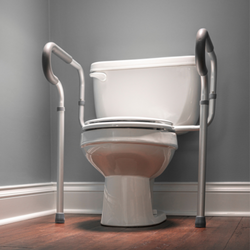
3:14 | Tools that help people get dressed and take care of their appearance:
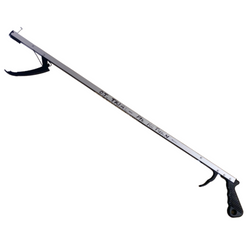
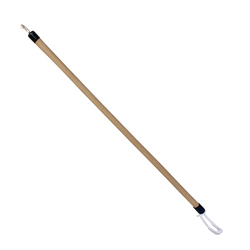
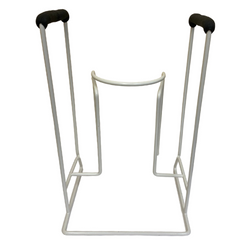
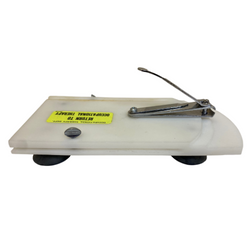
4:49 | Tools to help people in the kitchen with things like cooking, eating, and drinking:
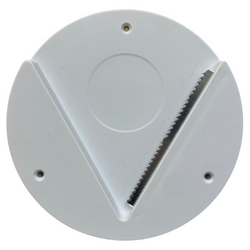
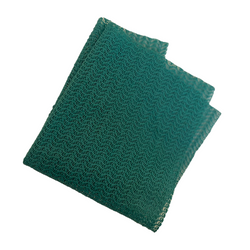
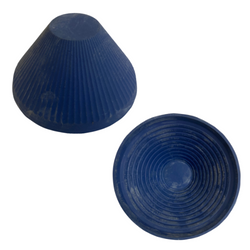
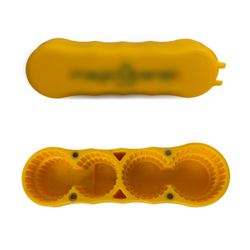
it very easy to open or unscrew bottles. Often magnetic and can be stuck to the refrigerator.
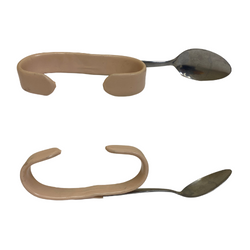
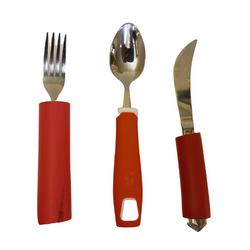
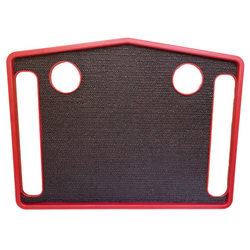
7:34 | Other common adaptive tools:
